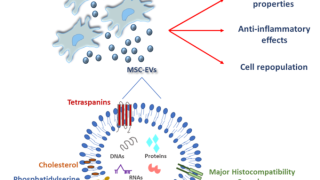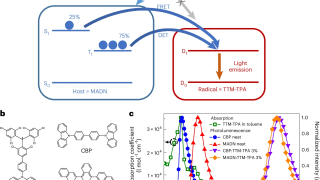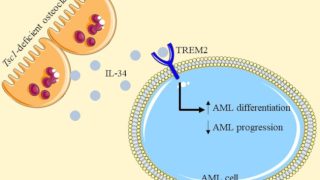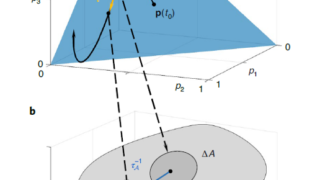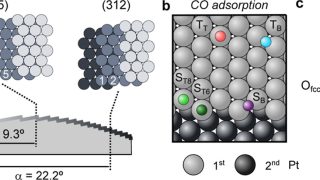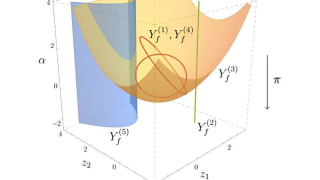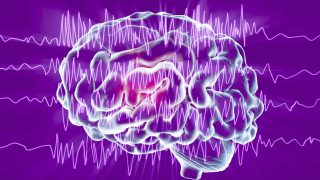
100 years of EEG have transformed neuroscience
Electroencephalography, or EEG, was invented 100 years ago. In the years since the invention of this device to monitor brain electricity, it has had an incredible impact on how scientists study the human brain. Since its first use, the EEG has shaped researchers’ understanding of cognition, from perception to memory. It has also been important […]

